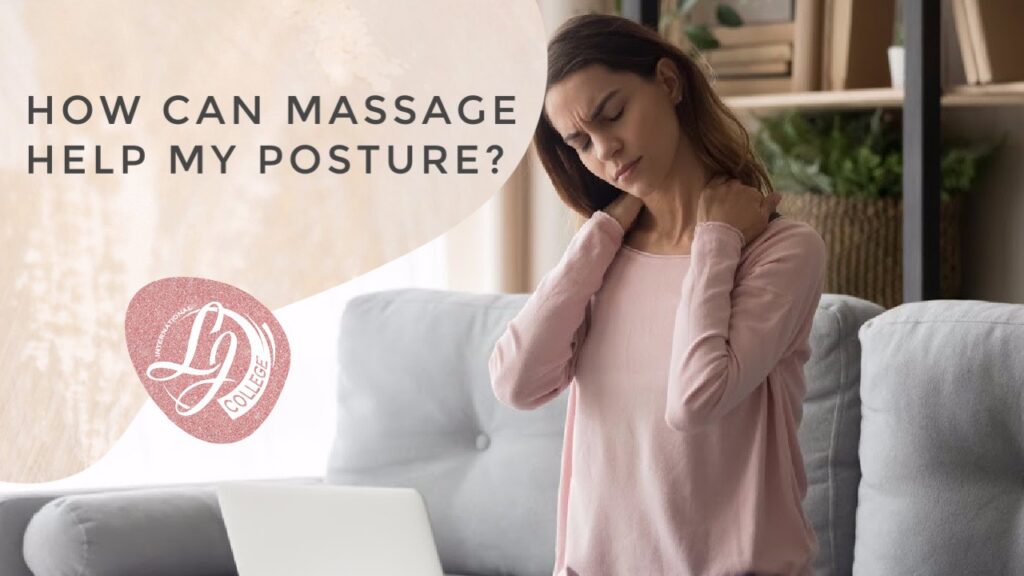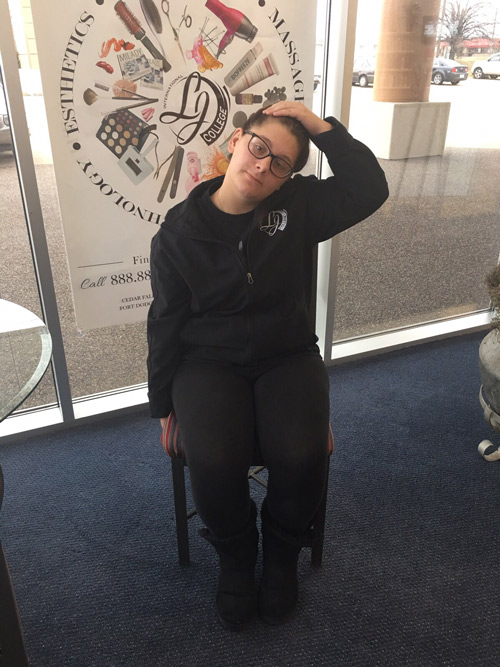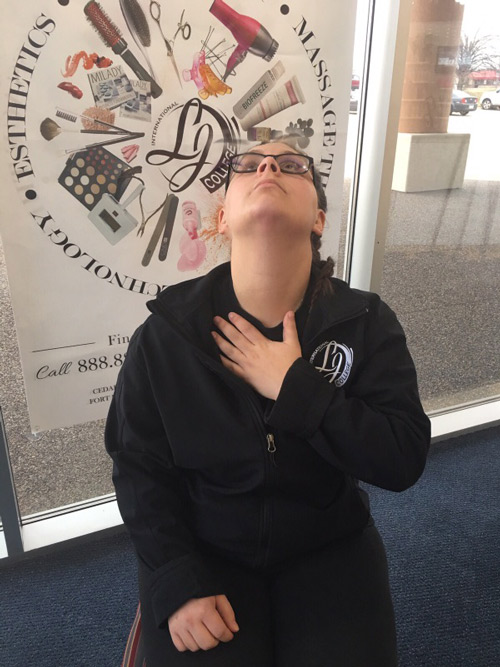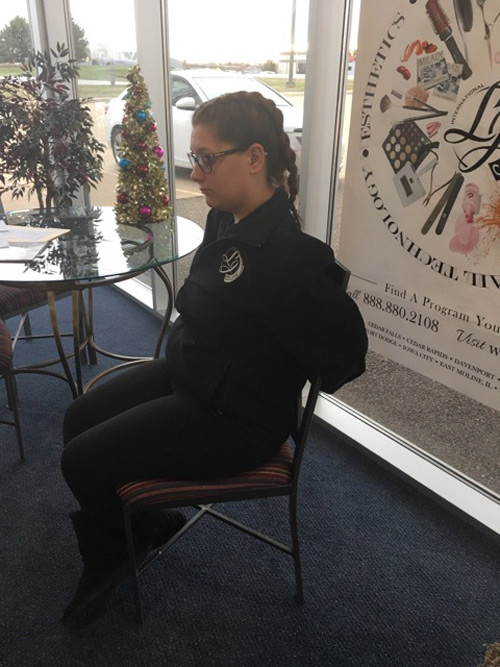December 8, 2020
Can Massage Therapy Help with Your Posture?

Is sitting the new smoking? Let’s face it, we are addicted. Addicted to our phones, to work, even to our love of Netflix binging. Currently, we seem to be glued to our phones, tv, and computers more than ever before being sedentary for hours on end. So, is sitting the new smoking? If it is, how do we break the habit before it breaks us? Most of us wait until we are in pain or have a structural problem before we seek help. However, integrating massage therapy for posture into our routine can be a proactive measure. Yet, is it sufficient on its own?
Does Massage Therapy Truly Helps with Posture?
Yes, massage therapy can be a helpful tool for improving your posture, but it’s most effective as part of a comprehensive approach. Here are a few benefits of using massage therapy for your posture
- Reduced Muscle Tension and Stiffness – Tight muscles, especially in the upper back, neck, and shoulders, can negatively impact your posture. Massage therapy helps loosen and relax these muscles, which help with your posture.
- Improved Flexibility and Range of Motion – Tight muscles can restrict your movement and make it harder to maintain good posture. Massage therapy can increase your flexibility and range of motion.
- Increased Body Awareness – A skilled massage therapist can pinpoint areas of tension that contribute to postural imbalances. This heightened awareness allows you to make conscious adjustments throughout the day to maintain good posture.
However, the effects of massage therapy on posture are temporary. To maintain good posture, you’ll need to address the underlying causes of tension and combine different techniques, such as regular stretches and strengthening exercises.
How to Improve Your Posture with Massage Therapy
Working with a skilful massage therapist can help you address specific postural imbalances:
Schedule a Full Body Massage
First things first, book a full body massage with your favorite licensed massage therapist. If you do not know one, ask a friend for a referral. A massage therapist will be able to assess any problem areas that are causing pain. Your therapist will look at a variety of things on your intake form, such as hobbies, occupation, lifestyle and medical problems.
Understand Your Body’s Stress Points
They may ask you more questions to further their understanding of where you carry stress, which will determine if your posture could be the culprit. Once on the table your massage therapist can work out tension in the upper body. The muscles of the upper body are the most common places we carry stress, and tend to be shortened and tense due to postural imbalances.
Once these problem areas are relaxed and opened you should feel relief. Although massage will help alleviate stress and tension caused by postural imbalances, a little homework assigned by your massage therapist will help kick any bad habits to the curb.
Incorporate Self-Care Practices
The next step may be homework assigned by your massage therapist to break the bad habits that all our bodies have become used to. Most of the homework consists of simple stretches you can do at the office or at home.
Who can benefit from massage therapy for posture?
Massage therapy can be beneficial for people experiencing posture-related issues like pain, discomfort, or difficulty maintaining good alignment. Some conditions might require additional medical attention, such as recent injuries or certain medical conditions.
What to expect during a massage session focused on posture?
The therapist will likely target areas commonly associated with postural problems, such as the neck, shoulders, and lower back. The techniques frequently used to combat postural issues include deep tissue massage, trigger point therapy, or myofascial release. For optimal effects, weekly or bi-weekly sessions for a few weeks are recommended initially, followed by maintenance.
Top Posture-Enhancing Stretches
Here are a few of our favorite stretches we often assign to clients:
- Neck Stretch: While sitting at your desk chair, place your right hand under the chair. Take your left hand and place it on your head. Using your left hand slowly tilt your head to the left shoulder while keeping the resistance under the chair with the right hand. You should feel a stretch in your scalene and sternocleidomastoid muscles (side and front of neck) as well as the upper trapezius (top of your shoulders). Hold for 20 – 30 seconds and repeat on the other side.

- Upper Chest Stretch: While sitting in your chair, place your right hand flat on the middle of your chest right under your clavicle. Compressing your chest slightly, look straight up until you feel a stretch in your platysma (muscle from clavicle to chin), hold for 10-20 second. Still compressing with your right-hand tilt your head to the left and slightly up, holding for 10-20 seconds. Switch to your left hand repeating this stretch in the opposite direction. This will stretch the muscles, tendons and ligaments on the neck and will help if you have a straight/military neck (this is caused by losing your natural curve of the spine, which is also caused by poor posture).



- Pectoral Stretch: While sitting in your chair, sit straight up and bring your arms as far back behind the chair as you can. You may even be able to grasp the back of the back of the chair to help give you a better stretch. But do not force it, only go as far as what feels good to you. This will open up the pectoral region of the body and help with rounded shoulders.

Two things that will prevent chronic problems down the road are becoming aware of your posture and receiving massage on a regular basis. Doing simple stretches throughout the day and getting up from your desk to walk around can significantly break poor posture habits. So, let’s kick those habits and make poor posture a thing of the past!
Empower Yourself & Others: Become a Massage Therapist
Becoming a massage therapist equips you with the skills to manage your posture and well-being for life. Our massage therapy programs provide comprehensive training in techniques that target tight muscles, improve flexibility, and enhance body awareness – all the tools you need to help yourself and others achieve optimal posture. Explore our massage therapist school today.


Leave a Reply